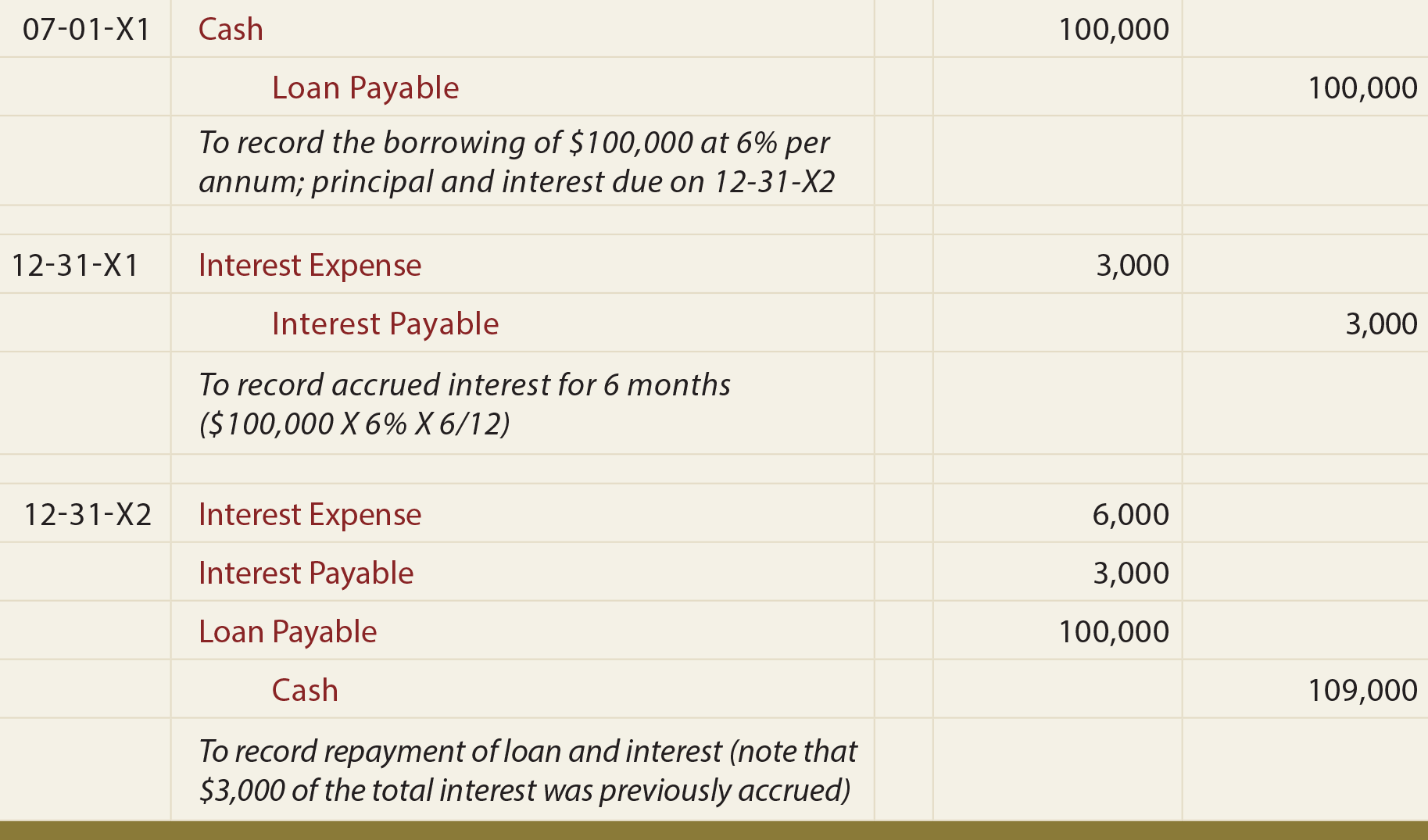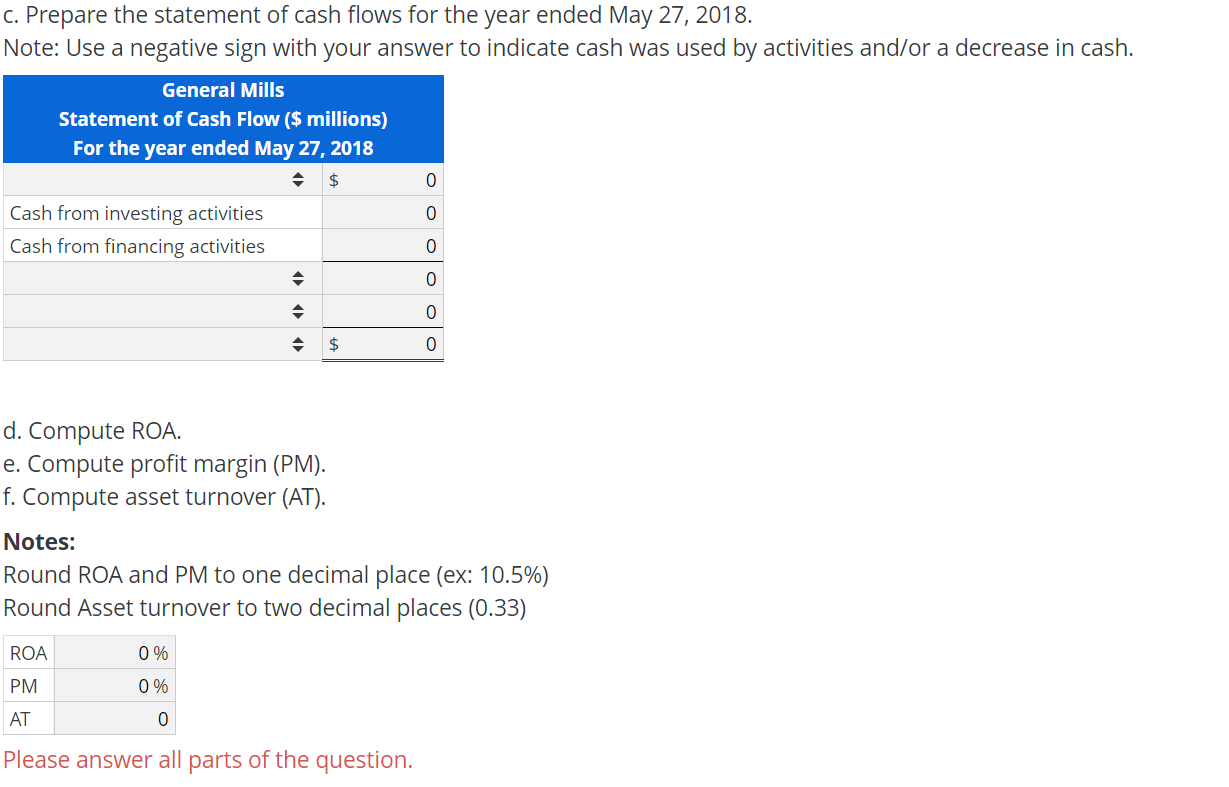To start, ensure all inventory items are clearly labeled with their purchase dates. This step is essential for maintaining the integrity of the FIFO system. Utilize barcode labels or digital inventory management systems to streamline the labeling process and minimize errors. Many businesses use FIFO, but it’s especially important for companies that sell perishable goods or goods that are subject to declining value. This includes food production companies as well as companies like clothing retailers or technology product retailers whose inventory value depends upon trends.
Advantages of FIFO
- Not using FIFO may lead to inaccuracies in profit reporting, inefficient inventory management, and compliance issues, especially in regulated industries.
- The FIFO method avoids obsolescence by selling the oldest inventory items first and maintaining the newest items in inventory.
- If you sell items with a defined shelf life, FIFO is the best inventory method, even though that can result in higher income taxes.
- It offers more accurate calculations and it’s much easier to manage than LIFO.
- Even in the digital realm, FIFO plays a vital role, especially in e-commerce and fulfillment centers.
The alternate method of LIFO allows companies to list their most recent costs first in jurisdictions that allow it. Expenses rise over time so this can result in lower corporate taxes. Cost of Goods Sold, or COGS, is the amount of money a business pays to produce the number of goods sold in a given period. The products that are left in the warehouse are called remaining inventory. FIFO will have a higher ending inventory value and lower cost of goods sold (COGS) compared to LIFO in a period of rising prices.
What is FIFO method in accounting, and why is it important?
FIFO stands for “first in first out” and involves selling the oldest inventory items first. LIFO is “last in first out” and puts the newer inventory at the front of the shelf to be sold first. LIFO may be used for technology products, where consumers expect to be able apps for accountants to purchase the latest model or release of an item. Inventory management is complex, and getting it right is essential to building a thriving eCommerce business. When you choose Red Stag Fulfillment as your 3PL, you add experienced professionals to your team.
Difference Between FIFO and LIFO
The first in, first out method is an effective way to process inventory, as it keeps your stock fresh, with few to no items within your inventory becoming obsolete. When it comes down to it, the FIFO method is primarily a technique for figuring out your cost of goods sold (COGS). In a FIFO system, the costs for your oldest purchase order is applied to your sold goods first.

Learn more about what types of businesses use FIFO, real-life examples of FIFO, and the relevance of FIFO with frequently asked questions about the FIFO method. The remaining unsold 675 sunglasses will be accounted for in “inventory”. Going by the FIFO method, Sal needs to go by the older costs (of acquiring his inventory) first. In reality, sales patterns don’t usually follow this simple assumption. Double Entry Bookkeeping is here to provide you with free online information to help you learn and understand bookkeeping and introductory accounting. Other methods of determining inventory movements included LIFO (last in first out) and Average Cost.
Final Thoughts: Evaluating LIFO and FIFO
It is simple—the products or assets that were produced or acquired first are sold or used first. With FIFO, it is assumed that the cost of inventory that was purchased first will be recognized first. FIFO helps businesses to ensure accurate inventory records and the correct attribution of value for the cost of goods sold (COGS) in order to accurately pay their fair share of income taxes. FIFO, or First In, Fast Out, is a common inventory valuation method that assumes the products purchased first are the first ones sold. This calculation method typically results in a higher net income being recorded for the business.
In normal economic circumstances, inflation means that the cost of goods sold rises over time. Since FIFO records the oldest production costs on goods sold first, it doesn’t reflect the current economic situation, but it avoids large fluctuations in income statements compared to LIFO. FIFO is an inventory valuation method that stands for First In, First Out, where goods acquired or produced first are assumed to be sold first. This means that when a business calculates its cost of goods sold for a given period, it uses the costs from the oldest inventory assets. The company sells an additional 50 items with this remaining inventory of 140 units. The cost of goods sold for 40 of the items is $10 and the entire first order of 100 units has been fully sold.
FIFO is the first in first out inventory management method that places inventory in order from oldest to newest on the shelves. It’s important because it prevents goods from expiring or becoming outdated before they can be sold and thus leads to higher profits for businesses. The FIFO method rule is that the first inventory items put on the shelf should be the first ones taken off the shelf to fill an order. The FIFO method is particularly critical for perishable items such as food, which can go bad if not sold quickly enough. That’s true even if it uses the LIFO method and a few of those trowels have been at the back of the shelf for a long time. On the other hand, if Garden Gnome only sold 30 trowels in 180 days, its 3PL might charge a long-term storage fee for the 20 extra trowels on hand.












